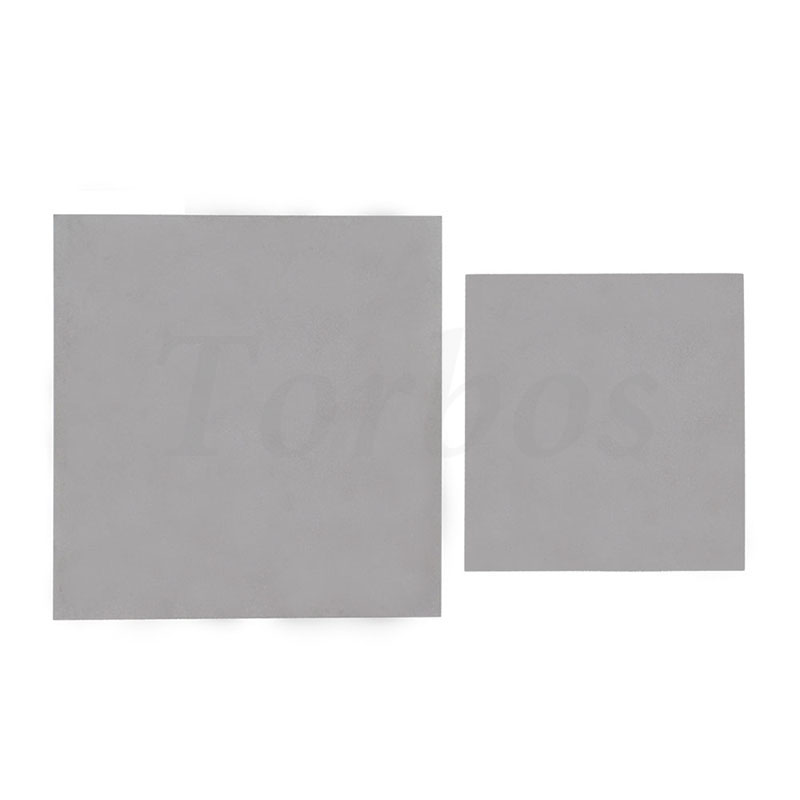What types of ceramic substrates are classified according to materials?
2023-12-16
Ceramic substrate refers to a special process board in which copper foil is directly bonded to the surface (single or double-sided) of aluminum oxide (Al2O3) or aluminum nitride (AlN) ceramic substrate at high temperature. The ultra-thin composite substrate produced has excellent electrical insulation properties, high thermal conductivity, excellent solderability and high adhesion strength; It can etch various patterns like a PCB board and has a large current carrying capacity.
What types of ceramic substrates are there?
According to materials
1. Al2O3
Alumina substrate is the most commonly used substrate material in the electronics industry. It has high strength and chemical stability, and rich sources of raw materials. It is suitable for various technical manufacturing and different shapes.
2.BeO
It has a higher thermal conductivity than metallic aluminum and is used in situations where high thermal conductivity is required, but it decreases rapidly after the temperature exceeds 300°C.
3.AlN
AlN has two very important properties: one is high thermal conductivity, and the other is an expansion coefficient that matches Si.
The disadvantage is that even a very thin oxide layer on the surface will have an impact on thermal conductivity.
To sum up the above reasons, it can be known that alumina ceramics are still dominant in the fields of microelectronics, power electronics, hybrid microelectronics, power modules and other fields and are widely used due to their superior comprehensive properties.



